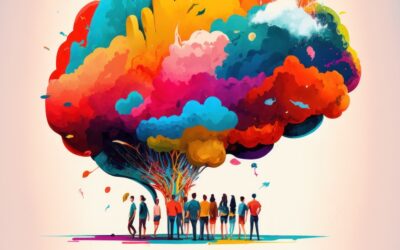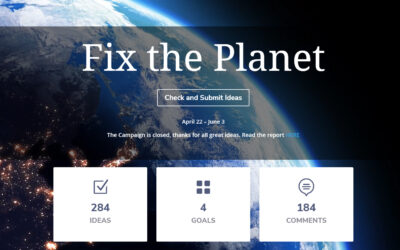Businesses often make the mistake of building what customers say they want, based on market research and narrow ideation using a traditional idea platform. Nothing could be simpler or more likely to fail.
It’s impossible to outsource innovative thinking to the customer. It will be your responsibility to create not what they ask for but what they really need and are unable to express.
There’s an apocryphal story that Henry Ford said about the Model T: “If I’d asked people what they wanted, they would have asked for a better horse” (Vlaskovits, 2011) While there is no evidence that Ford actually said this, the thinking behind it is right on target.
Find Your Customer Needs – Use an Ideation Platform combined with Anthropology
Customers generally have a clear understanding of how your current offerings fit into their lives, but they aren’t in the best position to see how a truly innovative idea will change their lives and solve problems they don’t even fully recognize.
Adding a new feature is not an innovation, but that’s the character of suggestions that come from market research. True innovations, like original business models or technologies that were never commercially available in the past, change how customers think of your organization.
Consider a manufacturer of computer hardware and software that suddenly introduces and smartphone with variable (app-based) programming. MIT identified the iPhone as the “fastest spreading technology in human history” (DeGusta, 2012).
A vast number of successful innovations had nothing to do with what customers said they wanted, and some even contradicted market research.
That does not mean that you should innovate without considering customer needs, though. It means studying customers as an anthropologist would. You will look carefully at their intent and what they want to accomplish, rather than the temporary tools they are using to approximate their wishes based on current technology. This is why an ideation platform needs to be organized for balancing external with internal ideation running defined innovation sprints.




